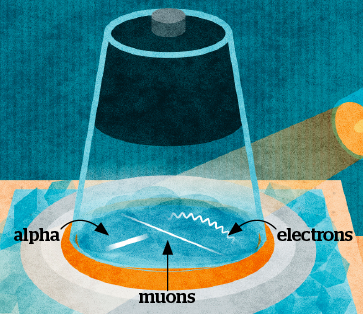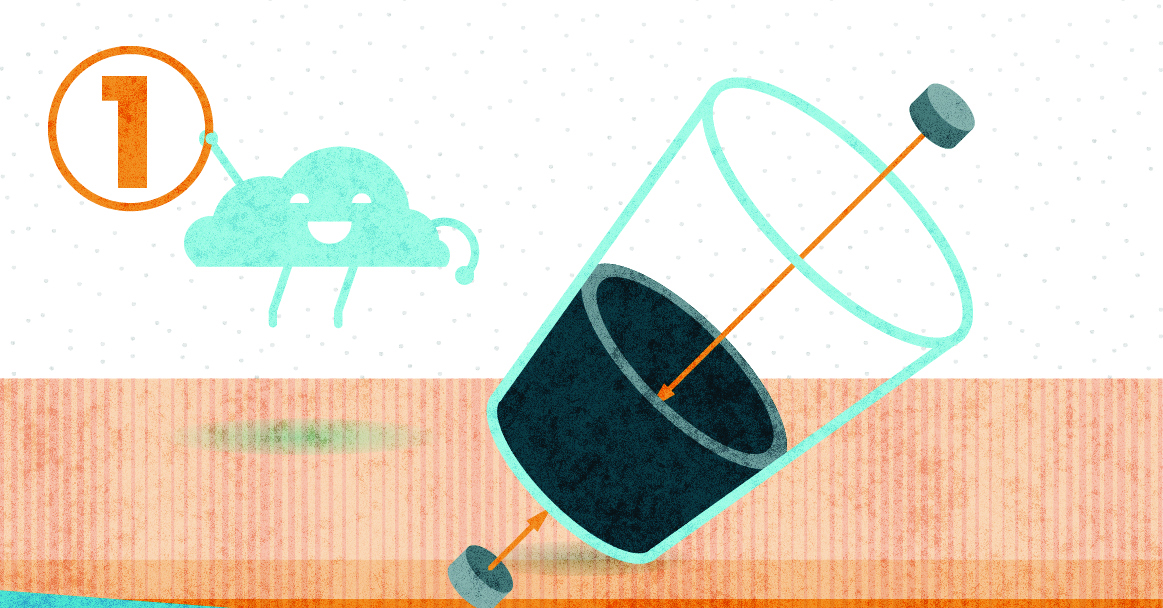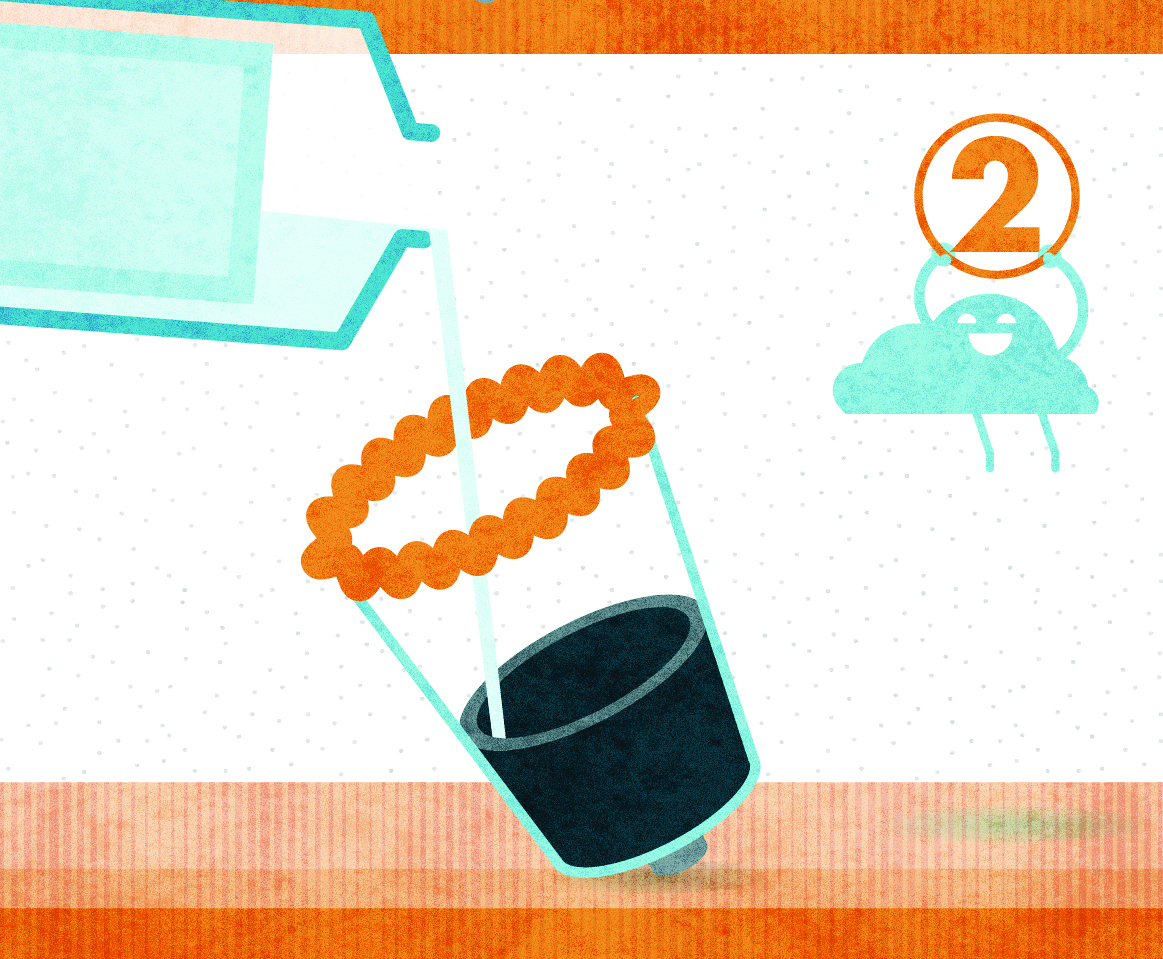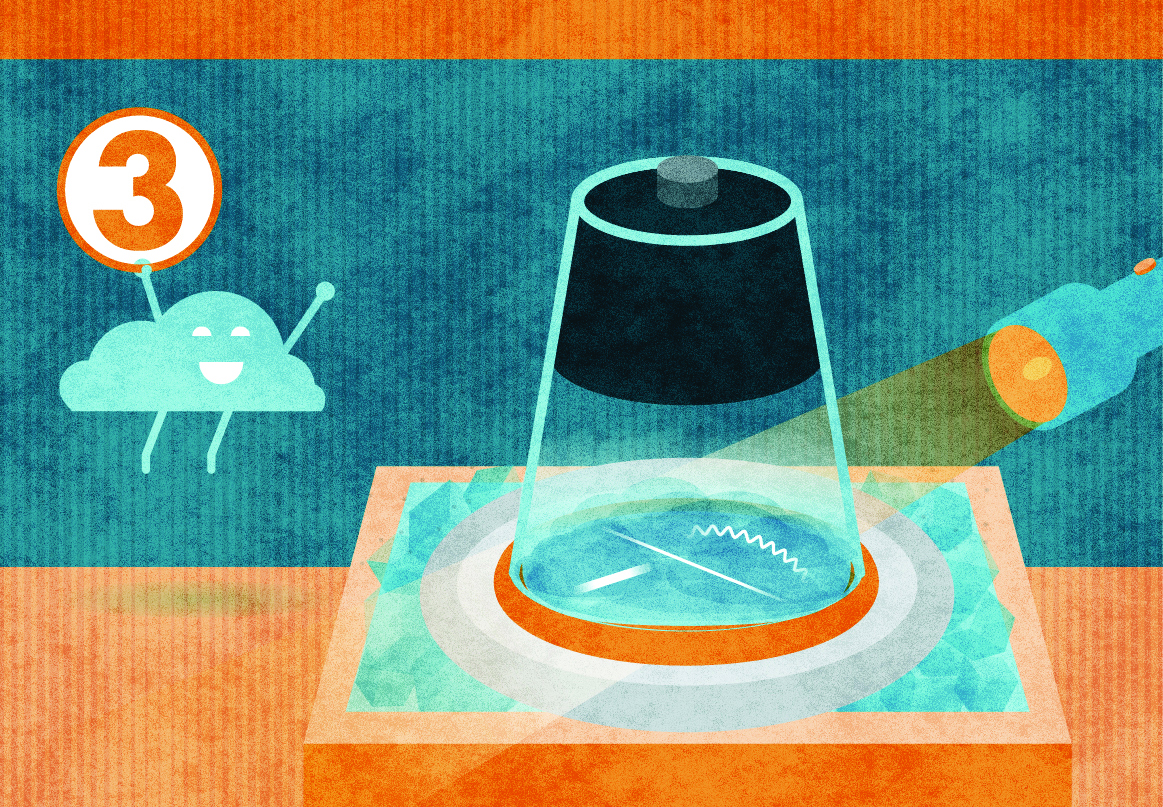
Different particle trail types you can see:
- Thin and long tracks are muons, originating from cosmic rays
- Thick, small tracks are alpha particles, caused by radon atoms in the atmosphere — not related to cosmic rays
- Wiggly tracks are low-energy electrons experiencing multiple scattering











